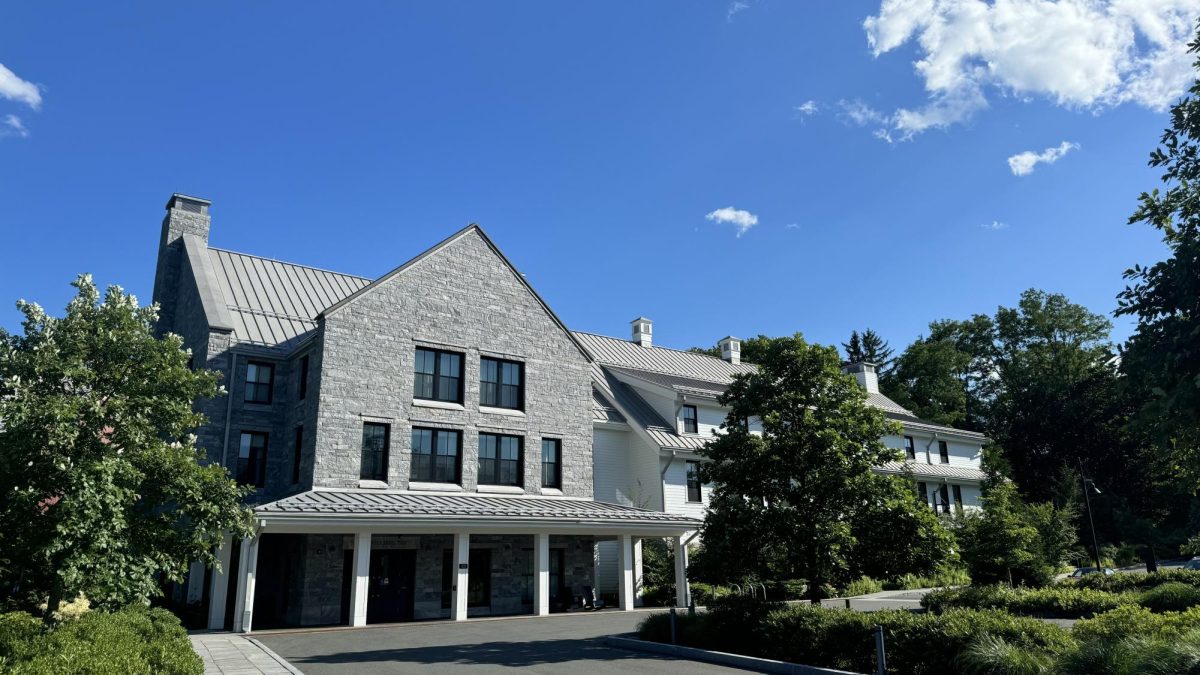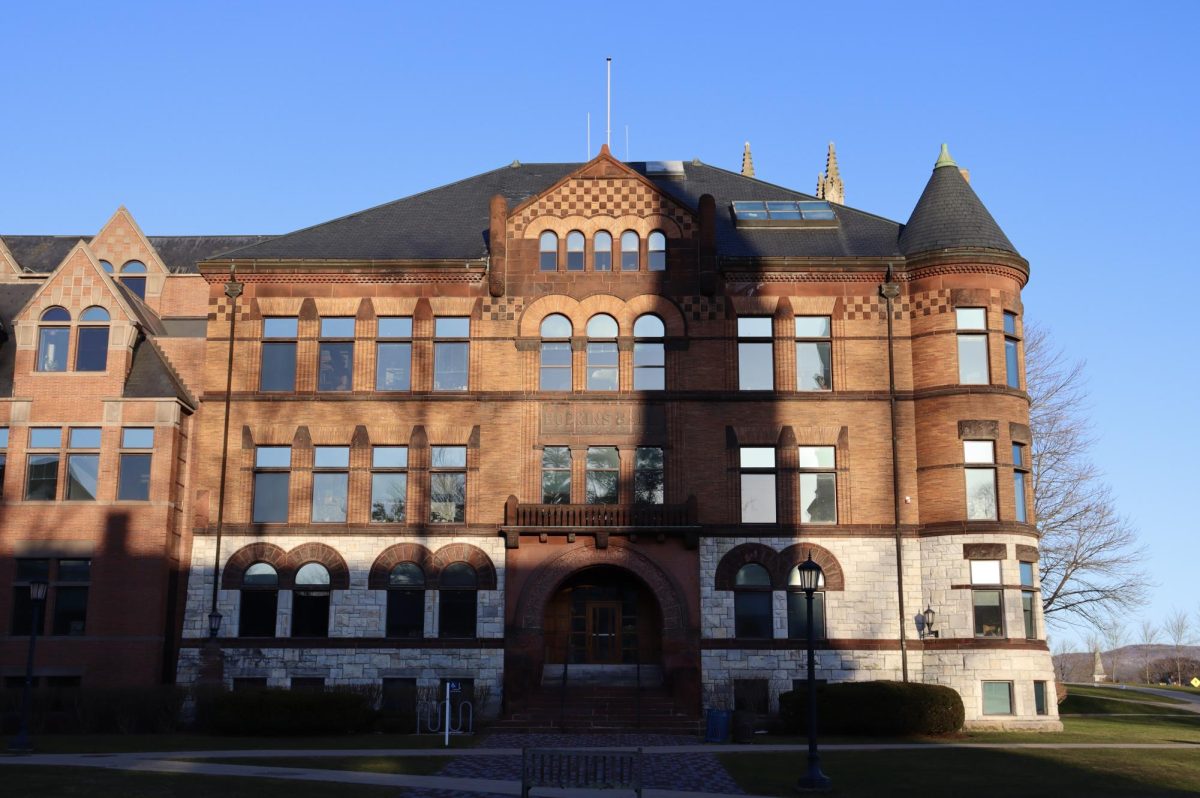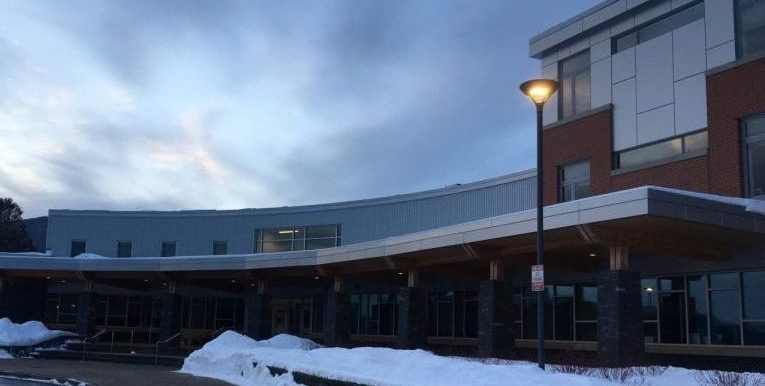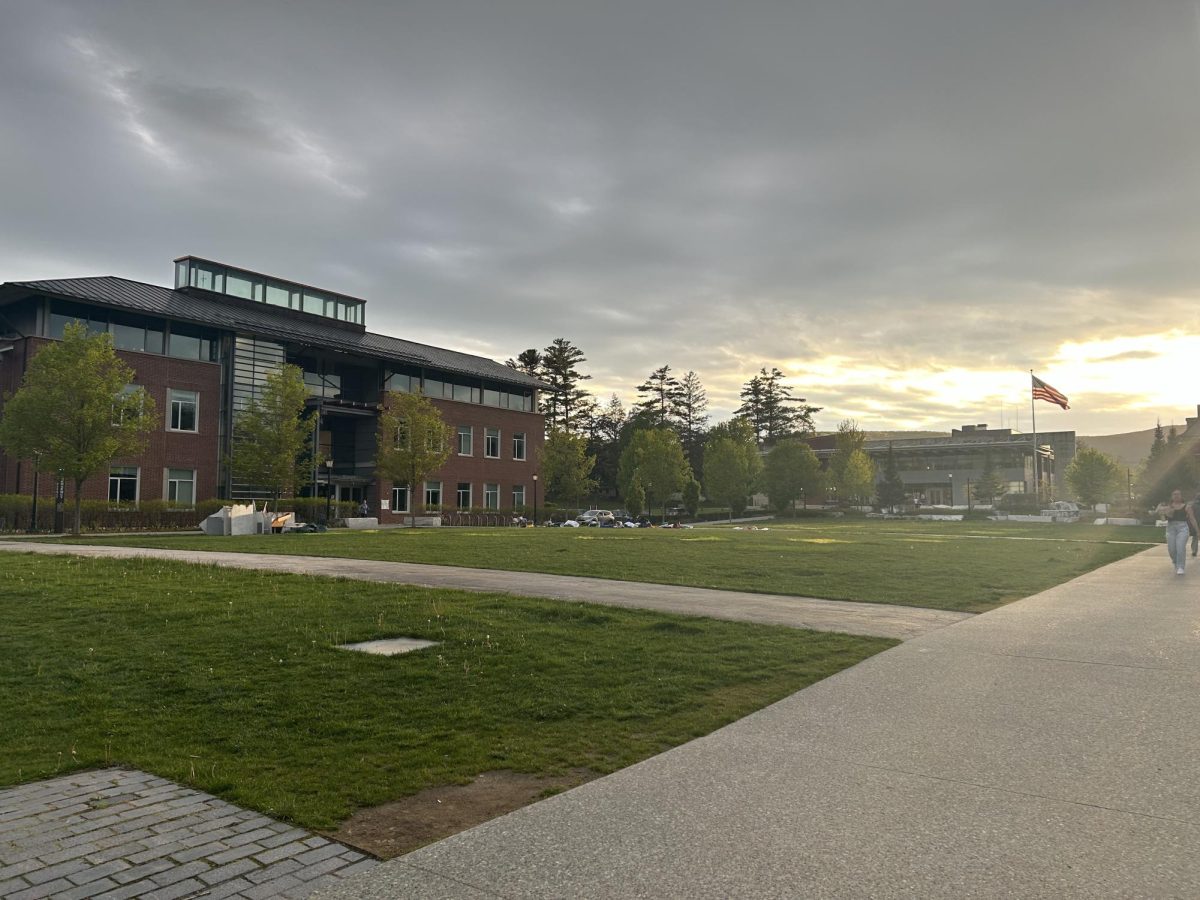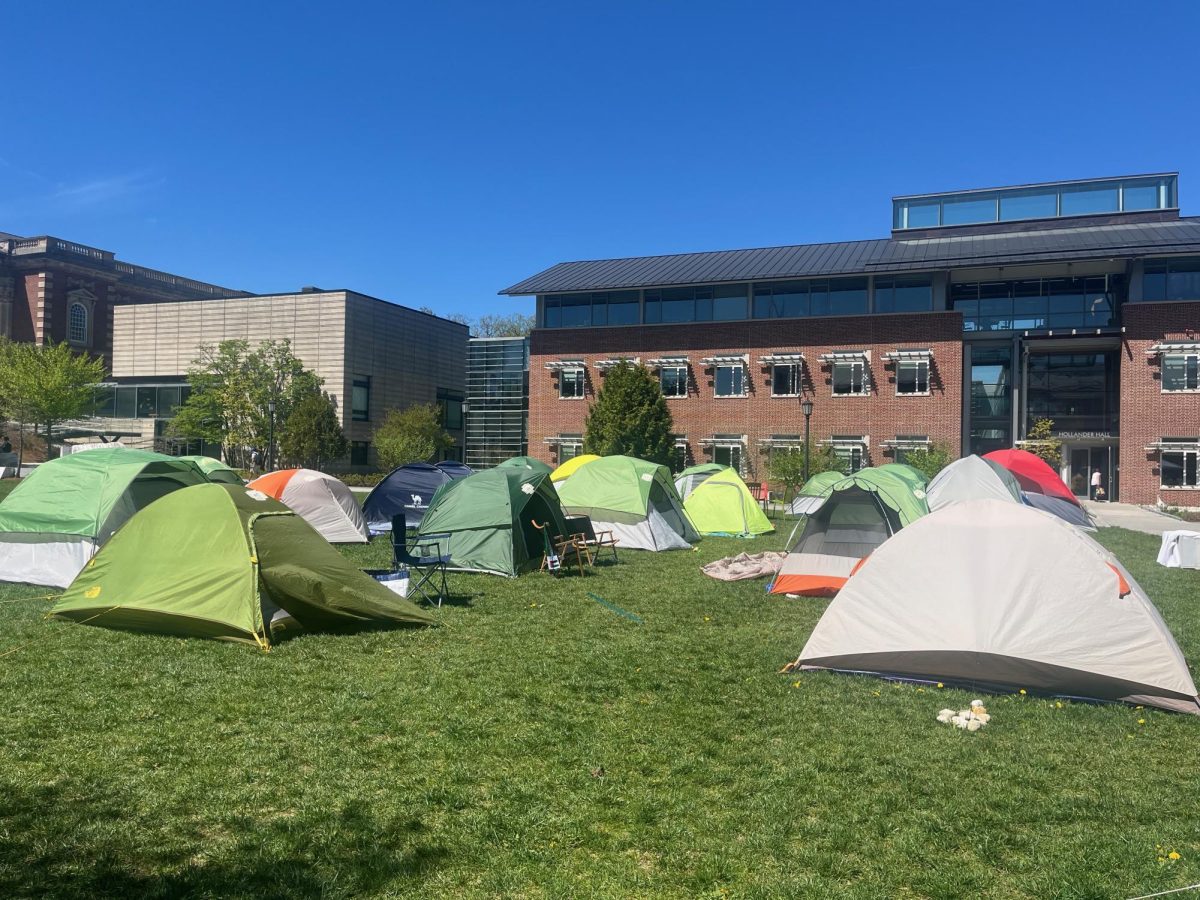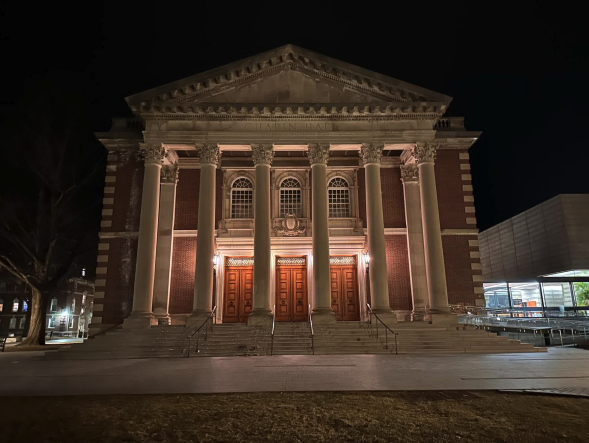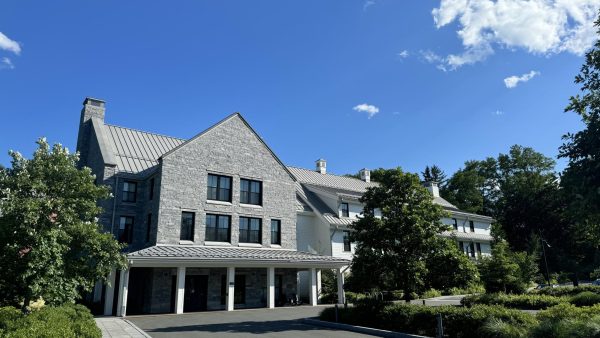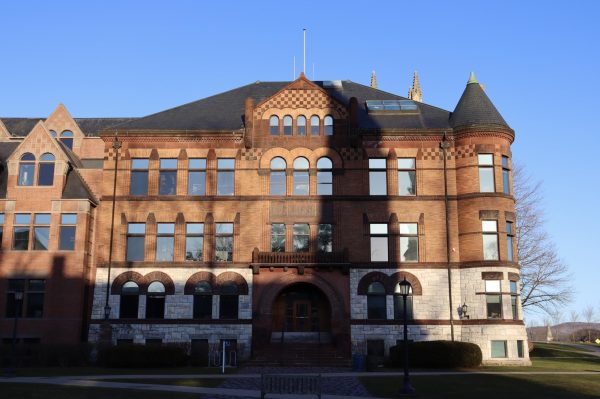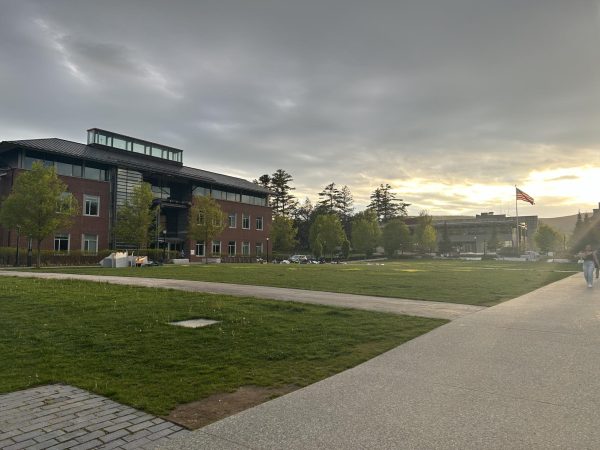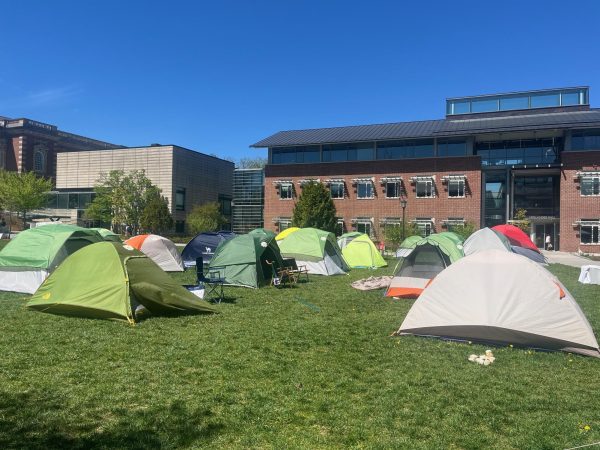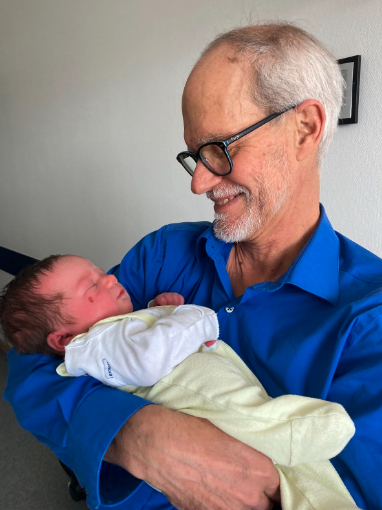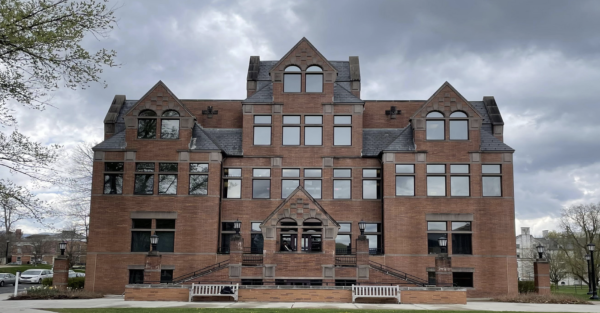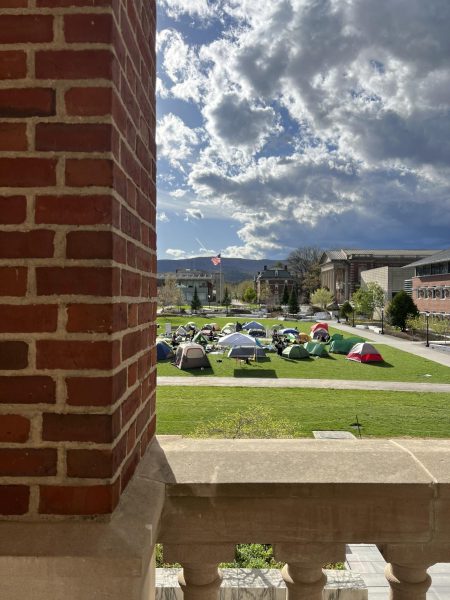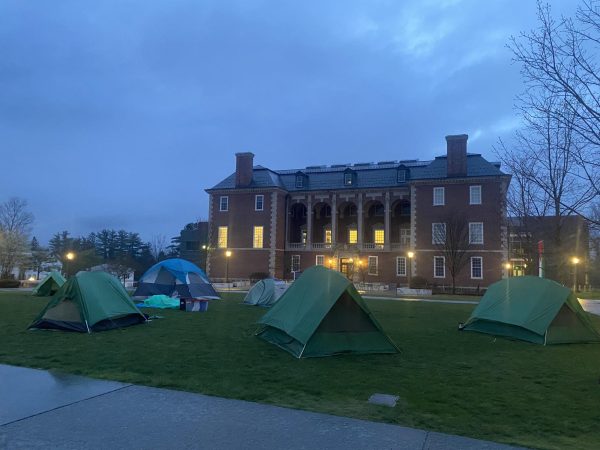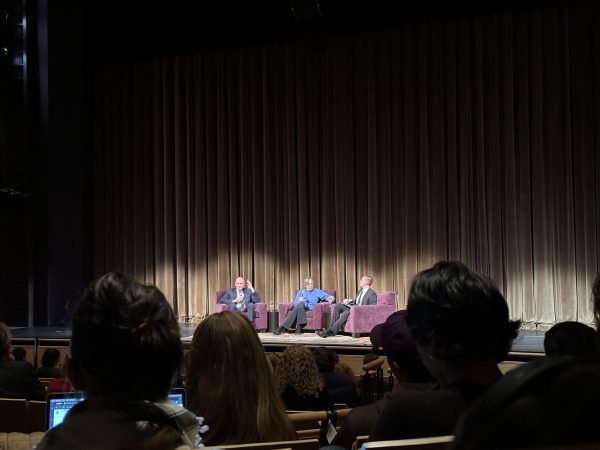Former Williams President Morty Schapiro returns for guest lecture
April 20, 2022
Former President of the College Morton “Morty” Schapiro delivered a guest lecture to the College community about the economics of higher education on April 12.
In his talk, Schapiro said the economic return of higher education is far greater than many Americans believe. For example, the probability that an American who grew up within the bottom 20 percent of the income distribution will be in the top 20 percent by the time they reach their 30s is eight percent, according to Schapiro. However, if an American from the bottom 20 percent of the income distribution receives a degree in higher education, that percentage rises to 21 percent, and if that American attends a top college — specifically, one of the 35 within the Consortium on Financing Higher Education (COFHE) — that probability rises to 52 percent. “It’s not just going to college — it’s where you go,” he said.
Schapiro has spent the past 43 years in academia and currently serves as the president of Northwestern University, where he is also a professor of economics. Before that, he served as the president of the College from 2000 to 2009. However, Schapiro is set to retire from Northwestern at the end of his term in August, following critiques from students and faculty after he refused to abolish the Northwestern University Police Department (NUPD) and a controversial email he sent condemning student protesters.
During Schapiro’s talk — the first time he visited the College since he served as President — he remarked upon many misconceptions or common blind spots surrounding the economics of higher education.
For example, most Americans are unaware that students in the top fifth of the American income distribution owe 28 percent of all student debt, he said. They may also be unaware that 31 percent of the $1.7 trillion of student debt in the U.S. came not from college but from law school, medical school, or similar MBA programs. As such, forgiving student loan debt would be the “worst, most regressive public policy,” Schapiro said. “Do you really want to forgive [student debt]? They got MBAs.”
Schapiro also stressed that higher education is much more affordable than many Americans believe, regardless of the later economic return. “People don’t understand the difference between the sticker price and the price that they pay,” he said.
Rather, a better name for the “sticker price” would be the “maximum price,” he said, since the discount off of the “sticker price” of colleges is often quite high. About 500,000 out of the 17 million undergraduate students in the nation — or 3 percent of undergraduates — pay the full price for college.
At four-year public schools, about 27 percent of students pay the sticker price, where the total cost of attendance tends to be lower, whereas at liberal arts colleges and private research universities, where the tuition is typically higher, only 14 percent of students pay the full tuition, Schapiro noted. “It raises the question, ‘Why the hell do you pretend to charge $75,000 a year if 14 percent of students pay it?’”
In part, Schapiro explained, the students who pay full tuition provide the school with “tremendous amounts” of revenue. The “sticker price” also illustrates the “Chivas Regal” effect, which — named after an expensive brand of Scotch whisky — demonstrates the tendency to conflate price and quality. Higher costs of attendance can also allow a college to provide its admitted students with greater discounts, which can provide students and their families with more incentive to attend, according to Schapiro. “A need-based aid package is nowhere as effective as if you say it’s merited,” he said. “Parents like to think they’re getting a discount not because they’re poor but because they raised a brilliant kid.”
Still, within the top 100 colleges and universities, wealth is distributed incredibly unequally, Schapiro said. Harvard, Yale, Princeton, and Stanford have a combined endowment of $181 billion, which is about one quarter of the collective endowment of all 4,000 institutions of higher education in the nation.
Furthermore, Schapiro said not all Americans understand and therefore take advantage of the economic return that higher education can provide. 3.6 percent of students at Chicago public high schools, for example, have the academic qualifications — based upon their test scores and GPAs — to attend a highly selective public or private college or university. Still, only two-thirds of those students attended one of those institutions of higher education, a phenomenon called undermatching. “The undermatching problem is extraordinary,” Schapiro said. “[It] has a profound impact not only on your 30s but throughout your entire life.”
The shock of the “sticker price” is probably not the strongest deterrent creating the undermatching problem, he said, because colleges inform families about the aid they receive. Rather, Schapiro explained that the students from low-income backgrounds may not feel a sense of belonging at top colleges. Schapiro concluded his talk by emphasizing that in order to solve the undermatching problem, highly selective colleges must work to welcome lower-income students and to clarify the benefits of attending a school such as their own.


